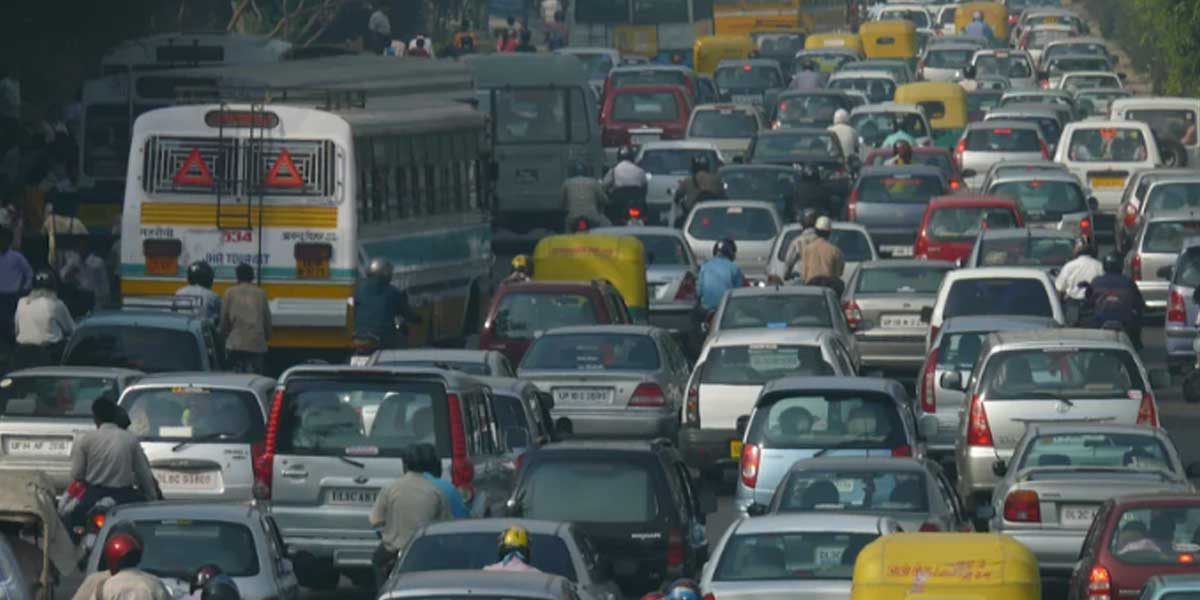City authorities must develop systematic ways to ensure consistent collection and
transparent assessment.
The sustainability of a city depends upon its ability to have a strong pipeline of its 'own
revenue'. A city must depend upon its taxes, user charges, fees, lease and hire charges etc.
The rest of the receipts of a city are derived from grants, shared revenues with the centre
and loans. It is alarming that 'own revenue' as% of municipal revenues declined from 67.3%
in 2012-13 to 51.6% in 2017-18. Even the six large Municipal Corporations of Mumbai,
Bengaluru, Hyderabad, Ahmedabad, Chennai and Kolkata saw declines in the contribution of
'own revenues' within the overall municipal revenues. Those that lost most include Mumbai
which declined (in percentage terms) from 97.6 to 73.1, Pune from 92 to 56.3, Nagpur from
74.5 to 23.7, Bengaluru from 49.6 to 44.1, Hyderabad from 57.9 to 50.3, Kolkata from 44.8
to 34.8 among others.
The major reason for decline in 'own revenues' was the onset of GST in2017 and stagnation
in property tax revenues. Decline in own non-tax receipts is owing to, as per ICRIER, low
recovery of cost of services provided, and the inability to monetise increasing land value on
account of infrastructural development through impact fees, development charges and
betterment charges. Among these, abolition of octroi and other local taxes with the onset of
GST was the most important factor for deterioration in own revenues.
An estimate of property tax from the financial statements of
over 1,000 urban local bodies (ULBs) pegs the national
property tax collections at approximately Rs 200 billion (Rs
20,000 crore). This is far lower than peer countries and
investment required in urban infrastructure.
Subject to Covid-19 impact, ULBs should aspire to double this to Rs 400 billion by 2024
(Compounded Annual Growth Rate [CAGR] of approximately 18%).
As per the estimates of the 2020-21 budget of the BMC (Municipal Corporation of Mumbai),
25% of its total income needs to come from property taxes estimated at Rs 67.68 billion (Rs
6,768 crore). Mumbai has over 4.2 lakh property owners. As per the property tax and
assessment department, 1.37 lakh people, owning houses of area up to 500 sq ft, are
eligible for a complete property tax waiver. However, this has recently been rebutted by the
BMC and given the poor state of finances has decided to not offer the waiver after all.
Mumbai is not an isolated case; property tax is under-collected across the country. As per IDFC Institute, India’s property tax-to-GDP ratio at 0.48% is one of the lowest in the world.
In comparison, peers like South Africa and Brazil have ratios of 1.39% and1.25%
respectively. The major reasons for this are weak assessment and collection mechanisms,
arbitrary exemptions (like the one in Mumbai for houses up to 500 sq ft). Almost 44% of the
properties have been found to be outside the tax net, with the corresponding figure ranging
from 40% for Bangalore to almost 60% of taxable properties for a city like Delhi.
Raipur added 54,000 properties in a single year, and Goa managed to locate 23% of the
buildings and collected property tax from 61% of businesses not paying. Surat raised
revenue from Rs 520 crore to Rs 850 crore. Cities are using technologies to recover their
premium revenue source.
Further the rates of properties do not reflect their actual market value.
Only 37% of the tax demanded is collected, on average, with
the corresponding figures being significantly lower for cities
such as Delhi (only 19%) and Mumbai (only 1%).
In spite of the penal provision for delayed payments or non-payments, ULBs rarely
undertake any penal actions against the defaulters. Non-payment of taxes by various
government establishments further worsens the overall collection ratio. Exempted
properties in India constitute approximately 10% of the total urban properties and about
11% of the assessed properties. Urban governance is now a critical matter if cities are to
continue to be engines of growth and be able to sustain the demands of rapid urbanisation.
Says Nital Mehta of Praja, “The 74th Constitution Amendment Act, 1992, mandated
constitution of city governments and devolution of 18 functions mentioned in the Twelfth
Schedule of the Constitution of India to the city governments. However, more than 25 years
have passed and there is no mapping of the devolution and urban governance reforms
across the country.”
However, city authorities must develop systematic ways to ensure consistent collection and
transparent assessment. Geospatial Information Systems (GIS) can improve assessment and
maintenance of property records. Bengaluru has had tremendous success in increasing its
contribution to property taxes from Rs 4.3 billion (Rs 430 crore) to Rs 11.20 billion (Rs 1,120
crore) in three years. Raipur too added 54,000 properties in single year and raised its
property taxes by 74% by using GIS.
Is GIS foolproof?
While GIS mapping ensures completeness of property records to a large extent, four
principal gaps remain. First, there is no provision for regular updation post GIS mapping is
complete either by mandatory linkage to other department databases or otherwise. Second,
there is no institutional mechanism to ensure continuity beyond a one-time exercise,
including knowledge transfer and creation of capabilities within the ULB or State
intermediaries. Third, some cities have undertaken GIS-based surveys but have not
integrated the survey data with their existing property tax database, rendering the exercise
futile. Fourth, the smaller cities, which are largely dependent on grants to keep pace with
their daily expenditure cannot afford even a one-time GIS mapping exercise.
Why has property tax become so important in city financing now?
The XV Finance Commission, in its Report for 2020-21, says that for ULBs to qualify for
grants from 2021-22 onwards, states have to notify floor rates for property tax and
thereafter show consistent improvement in collection in tandem with the growth rate of a
state’s own Gross State Domestic Product (GSDP). The Ministry of Finance, as part of the
additional borrowing of 2% of GSDP to states for 2020-21 under the Atmanirbhar Bharat
Abhiyan, has also called for states to reform property tax valuation (linked to 0.25% of the
additional borrowing), by linking floor rates to prevailing guidance values/circle rates and
putting in a system for periodic revision of property tax rates (similarly for user charges) in
line with increase in price.
Author: Pratap Padode is Editor-in-Chief, Construction World, & Founder, FIRST ConstructionCouncil.
Also read: Urban governance index spotlights gaps in grassroots democracy


















